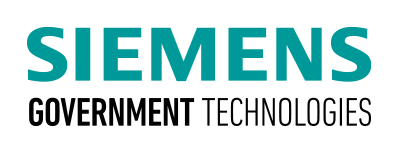2. Strengthen supply chain readiness and resilience through reshoring and trusted traceability
Even before the pandemic, there were vulnerabilities in America’s defense supply chain. Take for example the semiconductor crisis. Almost all major U.S. defense systems and platforms rely on semiconductors for their performance. But in 2019, only 12 percent of microchips were manufactured on U.S. soil.
The pandemic exposed a complex crack in the defense supply chain foundation. The U.S. is too dependent on foreign nations for vital commodities, and, as a result, access to essential materials and items becomes a threat to national security. To strengthen supply chain readiness and resilience, government branches can embrace a rebirth in U.S. industrial might through reshoring chipsets and semiconductor manufacturing, and in doing so, adopt a digital-first framework to securing strategic national assets. The recent bipartisan CHIPS and Science Act is a great shot in the arm for reshoring efforts with associated incentives to bolster semiconductor production here in the U.S.
Developing a digital-first framework
In a 2021 joint Task Force report, industry experts proposed establishing a Digital Strategic National Stockpile Pilot Program. Through digital twin and digital thread technologies, government can develop digital national stockpiles – developed through powerful software and data leveraging digital twins – to better respond to the next national crisis.
Digitalization can enable rapid emergency response capabilities to replenish and roll-out essential items, such as personal protective equipment and vaccines. It can also eliminate process inefficiencies in logistics and enhance supply chain visibility through digital tracing technologies, like blockchain. Establishing a Digital Strategic National Stockpile Pilot Program will bolster economic and national security.
